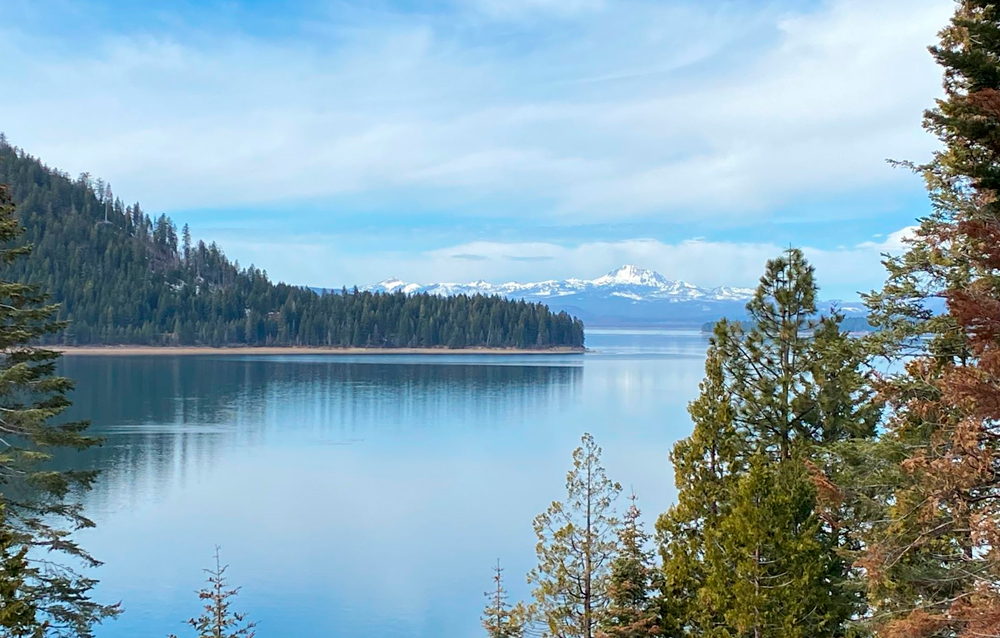

Pacific Gas and Electric Company announced that water levels for Lake Almanor and Bucks Lake are projected to be higher than normal this summer due to above normal precipitation and snowpack. Bucks Lake’s water level is expected to remain high through the summer due to limited releases.
The company reported the lake level projections on Monday at a virtual meeting, held to review and discuss PG&E’s planned water operations for Lake Almanor and Bucks Lake for the remainder of the year.
PG&E plans its operations to balance recreation, the environment, electric power generation and other needs. With above-average precipitation and well-above-average snowpack for the northern Sierra Nevada and southern Cascade mountain ranges, Lake Almanor is expected to be about 4 to 5 feet above normal this summer.
Total precipitation for the season to date in the Lake Almanor basin is at 123% of average, and the spring runoff is forecast to be 180% percent of average, PG&E reported.
This year, based on current data, historical modeling and planned operations, PG&E projects Lake Almanor levels will reach approximately 4,492 feet elevation by July 4th, and approximately 4,487 to feet by Labor Day.
Bucks Lake is projected to top-off about two feet higher than normal, likely spilling in late spring to early summer. With limited releases over the summer due to Lower Bucks Dam spillway work, and with Grizzly Powerhouse not yet restored to service, the lake level is expected to remain fairly flat over the summer, likely holding around 5,155 feet through July 4, and gradually drawing down by 2-to-3 feet to 5,153 to 5,152 feet elevation by Labor Day.
PG&E expects Butt Valley Reservoir to be within its normal operating range this summer.
PG&E encourages the public to take appropriate safety precautions when recreating in and near water:
- Obey all warning signs and restrictive buoys while swimming or boating.
- Use the “buddy system.” Never fish, swim, boat or raft alone.
- Don’t dive or jump into unfamiliar water. Shallow water or submerged trees or rocks could cause serious injury.
- Swimming in open water is more difficult than in a swimming pool – people tire more quickly and can get into trouble.
- Wear a Coast Guard-approved life jacket.
- Actively supervise children in and around open bodies of water, giving them your undivided attention. Do not assume that someone is watching them. Appoint a designated “water watcher,” taking turns with other adults.
For more water safety tips, visit www.pge.com/watersafety






